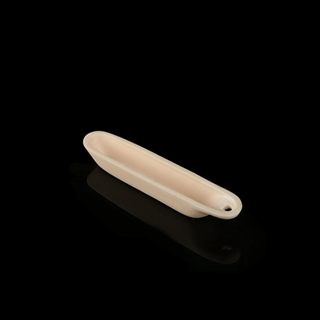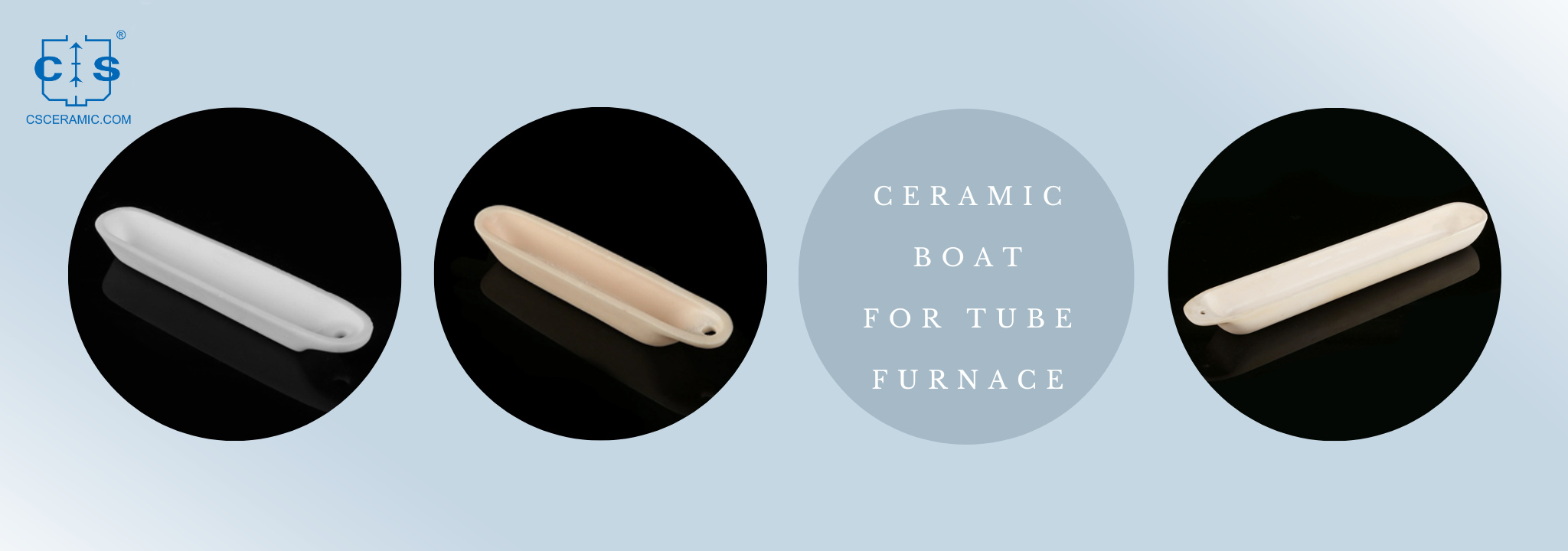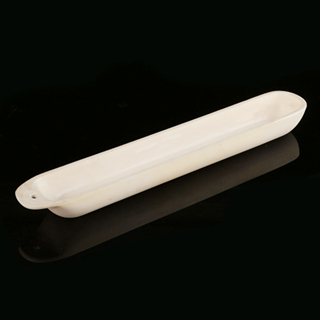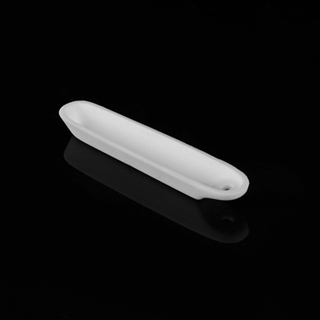What Are Ceramic Boats and How Do They Work in Tube Furnaces?丨Exploring Ceramic Boat Applications

|
In the realm of high-temperature processes and laboratory applications, ceramic boats have emerged as indispensable tools, revolutionizing the way materials are handled within tube furnaces. These boats, often crafted from advanced ceramics, offer exceptional thermal and chemical resistance, making them a preferred choice for various industries. This article delves into the world of ceramic boats, shedding light on their composition, applications, and how they function within tube furnaces. |
Understanding Ceramic Boats
Ceramic boats, in essence, are small, boat-shaped containers designed to hold and transport materials within tube furnaces. They are commonly used in processes that involve the heating, melting, or treatment of materials at extremely high temperatures. These boats are meticulously engineered from various ceramic materials, such as alumina, zirconia, silicon carbide, and mullite, to name a few. The choice of ceramic depends on the specific application and the temperatures involved.

Key Characteristics and Advantages
Ceramic boats offer a plethora of characteristics that contribute to their popularity and efficacy in tube furnace operations. These include:
High Temperature Resistance
One of the most notable features of ceramic boats is their exceptional ability to withstand extreme temperatures. This trait is crucial when materials are subjected to intense heat for processes like sintering, annealing, or crystallization.
Chemical Inertness
Ceramics are inherently non-reactive to most chemicals, ensuring that the boats maintain their integrity and do not contaminate the materials being processed. This is particularly vital for applications involving delicate materials or when precise chemical compositions are required.

Thermal Insulation
Ceramic materials possess low thermal conductivity, which means they act as effective insulators. This property prevents excessive heat loss from the material being processed, leading to energy efficiency and consistent results.
Customization
Ceramic boats can be tailored to various sizes and shapes, accommodating different sample volumes and experimental setups. This versatility is a significant advantage in research and industrial applications.
Applications of Ceramic Boats
The applications of ceramic boats span across diverse industries, each harnessing the unique properties of ceramics for their specific needs:
Metallurgy
In metallurgical processes, ceramic boats are used for melting, casting, and alloying metals. The boats' resistance to high temperatures and non-reactivity ensures the purity of the final metal products.
Materials Research
Researchers utilize ceramic boats to study the behavior of materials under controlled thermal conditions. This is crucial for developing new materials with enhanced properties.
Semiconductor Fabrication
The semiconductor industry relies on ceramic boats for doping and annealing processes, which require precise temperature control and contamination-free environments.
Glass Production
Ceramic boats play a pivotal role in glass manufacturing, aiding in the melting and shaping of raw materials into the desired glass products.
Ceramic Boats in Tube Furnaces
Tube furnaces are essential equipment in various heat treatment processes. Ceramic boats find their place within these furnaces due to their compatibility with high-temperature environments. Here's how they work:
Material Placement
The material to be processed is carefully placed inside the ceramic boat. The boat's size is chosen to accommodate the material volume while allowing for proper heat distribution.
Loading into the Furnace
The ceramic boat, now holding the material, is loaded into the tube furnace. The boat's thermal insulation properties ensure minimal heat loss during this transfer.
Temperature Ramping
The tube furnace is then programmed to follow the desired temperature profile. Ceramic boats help protect the material from direct contact with the heating elements, preventing contamination and ensuring uniform heating.
Processing and Removal
As the temperature rises, the material undergoes the required processes, such as melting or crystallization. Once the process is complete, the boat is removed from the furnace, and the processed material can be extracted.
Conclusion
Ceramic boats stand as remarkable innovations that have redefined high-temperature material processing. Their exceptional properties, coupled with their diverse applications in various industries, have solidified their importance. Within tube furnaces, these boats serve as reliable vessels that enable precise and controlled experiments at elevated temperatures. As technology advances, ceramic boats are likely to continue shaping the landscape of material science and industrial processes, ensuring safer, more efficient, and more controlled operations.
Thank you for reading. We invite you to visit CSCERAMIC for more information if you would like to learn more about industrial ceramic material and the advanced range of ceramic products we offer.




 info@csceramic.com
info@csceramic.com







 +86 18273288522
+86 18273288522